
Many of the vegetables we eat today aren’t as nature intended. They’re man made vegetables instead, ones that have been changed so that they match our preferences. Sometimes these vegetables barely resemble their ancestors and have a completely different flavor profile.
Don’t worry though, man made vegetables haven’t been created from nothing. Most haven’t been genetically engineered either. They’ve simply been created through selective breeding, often over many generations.
Selective breeding is an interesting and powerful process. It’s where humans carefully breed plants and animals to maximize specific traits. This can lead to changes in the flavor, appearance, and nutritional profile of vegetables. The effects are subtle at first, but get stronger and more dramatic after many generations.
Many vegetables have changed to some degree over time, so this list is focusing only on the vegetables that have been through considerable changes. Even then, the line between natural and man made isn’t always clear. Some vegetables have simply changed as a natural consequence of extended cultivation, even without any intentional selection.
Man Made Vegetables
Broccoli

Cruciferous vegetables are famous for their health benefits. This reputation is well-deserved too, as they contain compounds called glucosinolates that may have cancer fighting properties and help to decrease LDL cholesterol. Then there’s all the fiber and nutrients, which our bodies need plenty of every day.
Yet, all cruciferous vegetables were man made (or, at least, selectively bred). They originally came from a type of wild mustard plant. These plants were first bred to have large flowers and then to enhance specific characteristics.
This process is remarkable, as broccoli doesn’t resemble the parent wild mustard plant much at all. There are also many different types of broccoli, including sprouting broccoli, Chinese broccoli (one of many Chinese vegetables), and purple broccoli. Such variation showcases the power of selective breeding and is a pattern you’ll see often.
Cauliflower

Cauliflower is also a cruciferous vegetable, so it has a similar history to broccoli. Here too, there are many different types, created through crossbreeding and selecting for particular traits.
This crossbreeding history hasn’t made cauliflower a poor choice for health – quite the opposite.
Cauliflower has even become popular among healthy eating circles as a substitute ingredient. You’ll see it used to make cauliflower rice, pizza crusts, bread, and in countless other situations. Cauliflower shines here because it is low in carbs and has a mild flavor.
Orange Carrots

Did you know that carrots weren’t originally orange? White, purple, and yellow carrots were common much earlier than orange carrots ever took the stage. The orange carrot we know and love today originally came from Dutch growers who developed the cultivar and introduced them to the rest of the world.
Carrots have also been cultivated for a long time, back to the 13th century, if not before. This has allowed a long time for the appearance and flavor of carrots to change.
It’s a strange idea, that the orange carrots we’re most familiar with are the historical anomalies, while purple and white ones have a much longer history. That shows how little we really know about the food we eat.
Cabbage

Cabbage belongs to the cruciferous vegetable family, just like broccoli and cauliflower, so it has the same wild ancestor. Some sources call this ancestor wild cabbage, while others call it wild mustard instead. Either way, we’re talking about the same plant. That’s pretty amazing really, given that modern cruciferous vegetables are so different than each other.
As with most vegetables, historians are only certain about some aspects of cabbage’s history. The vegetable was cultivated in Greek and Roman times, and possibly long before that.
Cabbage now falls into three rough varieties – green cabbage, red cabbage, and savoy cabbage. Green and red cabbage taste similar, despite the color differences, while savoy cabbage tends to be milder.
Brussels Sprouts

Brussels sprouts look like little baby cabbages, so they’re hardly a surprising entry to this list. The version we’re familiar with today was first grown in the 13th century.
Brussels sprouts are certainly a divisive vegetable. Some people adore the flavor, particularly when Brussels sprouts have been cooked well. Others find them to be horrible and avoid the tiny vegetable at all costs.
Part of the problem isn’t Brussels sprouts themselves, but rather how they’re cooked. When overcooked, the Brussels sprouts become mushy and start to smell pretty awful. This version isn’t fun to eat at all.
If you grew up with the overcooked version of Brussels sprouts, why not give the vegetable another chance? Try finding a good recipe, then using some spices. You might be pleasantly surprised by the final flavor and texture.
Corn

Corn has a fascinating history. Researchers think that it was developed around 7,000 years ago or perhaps even earlier from a wild grass known as teosinte.
That early version of corn looked very different than the one we know today. It had much smaller ears, with fewer kernels that were set further apart. Teosinte didn’t produce much corn either, just a single ear per plant.
It’s amazing to think that the large and full ears of corn we see today developed from such a small ancestor. Yet, that really was the case. Changes to appearance aren’t the only factor either. The flavor of corn has also been altered due to selection for sweeter and tastier kernels.
These changes were all simply the result of natural selection over a very long time. Genetically modified corn does exist, but that came much later.
Kohlrabi

Have you seen kohlrabi before? This vegetable is fairly obscure and may still be unfamiliar to many. Yet, it belongs to the same family as broccoli, cauliflower, and similar vegetables. This means it has the same wild mustard ancestor.
This ancestry means that if you enjoy other cruciferous vegetables, you’ll probably love kohlrabi too. You’ll need to peel the kohlrabi before using it, as it has a thick outer layer.
Once the skin has been removed, you’re left with the edible interior. If you plan to eat this raw, the flesh is best cut into small matchstick-sized pieces or sliced thinly. You can cut the kohlrabi into larger pieces if you plan to cook it instead.
Kale

It’s hard to believe that kale belongs to the same cruciferous vegetable family as broccoli, cauliflower, and cabbage, but it does. It even has the same wild ancestor as all the rest.
Kale may have developed through preference for large leaved versions of this ancestor plant. So, each generation farmers focused on propagating the plants with the largest leaves, leading to progressive increases in the leaf size. These days, kale comes in many different sizes and styles. Many are edible, although some varieties are just grown ornamentally.
Celery

Celery has been used as food for a very long time, all the way back to ancient Greece and Egypt. The version we know today comes from a plant called Apium graveolens, which belongs to the same family as carrots and parsley.
Celery is a fantastic example of human tenacity, as the leaves of the original plant were bitter and inedible, while the stalks were tiny. Selective breeding has created a very different plant, one with large crunchy stems that is now popular for both flavor and health benefits.
Lettuce

Lettuce is another vegetable with an extensive history. There’s even evidence that it was being cultivated close to 5,000 years ago. With such a history, the amount of change isn’t surprising at all.
Selective breeding first focused on improving the flavor of lettuce leaves, as they were originally quite bitter. Of course, that’s just the beginning of the story. There’s been much selective breeding since that point, creating all the different varieties of lettuce we now see.
Some of these varieties fall into the loose leaf lettuce category. These are fantastic in salads. Then there are the head lettuces, which are often crisp. Iceberg is the most famous type of these. We can’t forget about cos lettuce either. Here the leaves form upright heads. Their size and shape makes them excellent for Ceasar salads.
Eggplants

Eggplants are thought to come from India and China and have been cultivated there for an incredibly long time. Yet, genetic studies suggest that the wild parent species may hail all the way from Africa.
It’s incredible how some plants have become so widely distributed. Eggplants are now easy to find in many countries – far from where they were first found.
We can’t forget about the appearance either. Eggplants once did live up to their name, as they tended to be smaller and either white or yellow. Domestication and selective breeding has led to much larger vegetables, often with familiar deep purple skin.
Beets

You’re familiar with the dark red/purple beets, right? What about the golden variety? Those tend to be milder and don’t taste as earthy. They don’t stain your fingers either, which is makes them even more desirable. There are other versions too, including white and even a white and red variety.
Yet, beets of the past were quite different. We once ate them for their greens, not for their roots at all. Their roots were also white and looked much like a parsnip. The shape we’re now familiar with only became common near the end of the 1500s.
Like all vegetables, beets will probably continue to change with human cultivation. Who knows that colors and flavors we’ll see in the future?
Potatoes

Potatoes have a fascinating history. They were an incredibly strange idea when first introduced to Europe, but became popular before too long. They’ve also been powerful for ending famine and providing nutrition to many people. That’s partly because tubers can be more productive than above ground plants.
This time, the vegetable hails from Peru. As with other vegetables, there has been a strong focus on selecting for larger and better tasting potatoes.
In some ways, the reliability of potatoes and their nutrients changed the world. That’s amazing to think about, given that potatoes don’t have a stellar reputation these days. Still, vegetables tend to go through waxing and waning periods of popularity, as do most other foods.
Cucumbers

Cucumbers are technically a fruit, but let’s ignore that fact. We treat them as vegetables, so they deserve a place on this list. The smooth skinned, watery, and refreshing vegetables that we know and love today hail from India.
Wild cucumbers are quite a different story. They tend to be bitter and sour instead. Careful breeding helped to create a sweeter and more delicious fruit. There continue to be changes, as cultivars are developed with distinct characteristics.
These days, there’s even a lemon cucumber. While this doesn’t taste like a lemon, it is yellow and round, features that are very unusual for a cucumber.
Tomatoes

Finally, we have tomatoes. These may have started out as small yellow globes, ones that were much more bitter than the yellow tomatoes we know today.
Indeed, when tomatoes were introduced to Europe they were initially grown ornamentally. There was even a longstanding fear that tomatoes were poisonous and should be avoided entirely.
Fear of tomatoes certainly hasn’t stuck around. They’re now found in countless dishes – and are essential for a good pizza. There are also many different varieties, including yellow and even purple tomatoes.
Seriously. Have you seen all the tomato varieties out there? The differences between them are phenomenal at times.
Which Vegetables Haven’t Been Man Made?
For some, the idea of humans modifying vegetables might seem awful. Yet, this is simply what happens when we cultivate vegetables for a long time. The selective breeding might not even be planned; growers simply focus on reproducing the vegetables they like the most.
If you’re worried about changes, you can look for vegetables that are similar to their parent form, such as peppers. Either that, or you can eat more heirloom vegetables. Wild vegetables are a good choice as well, like fiddlehead ferns and nettles.
Even then, there may have been changes, perhaps based on environmental factors and harvesting habits of humans. Few foods are entirely free of human influence.

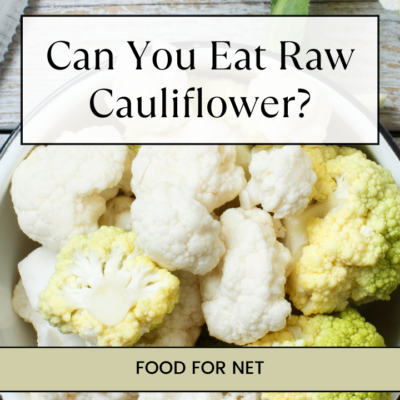

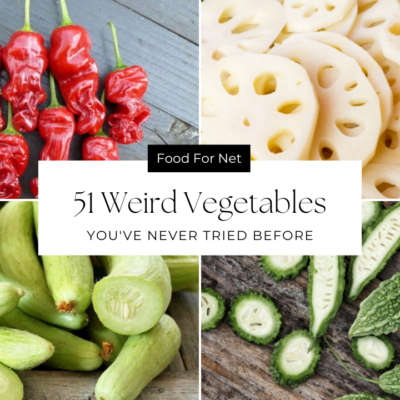

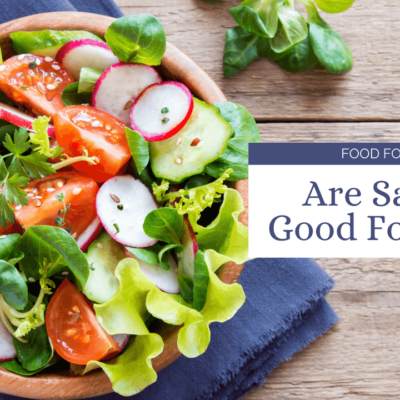
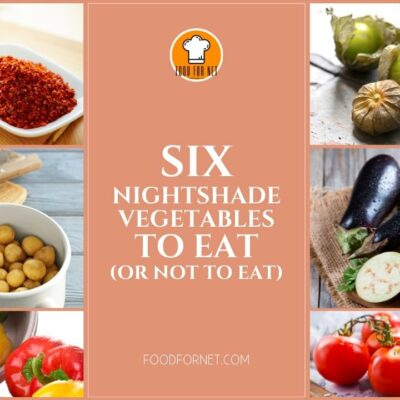
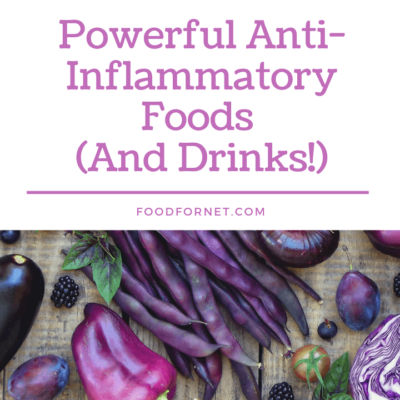
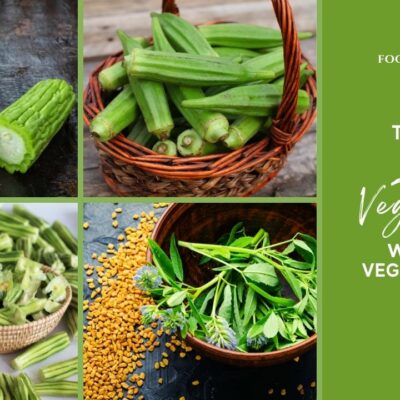
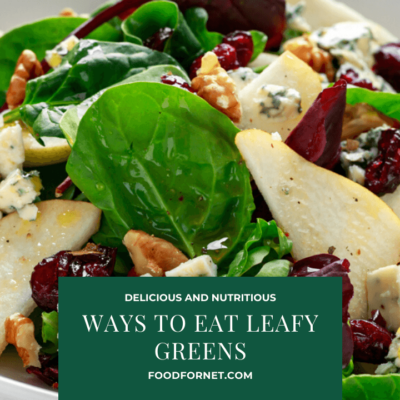

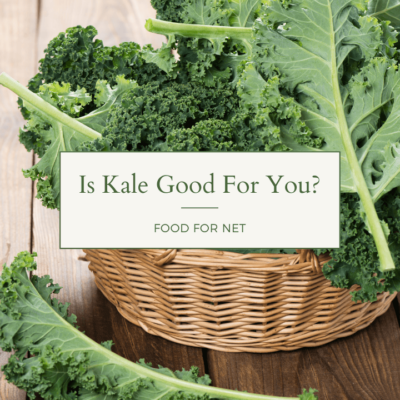
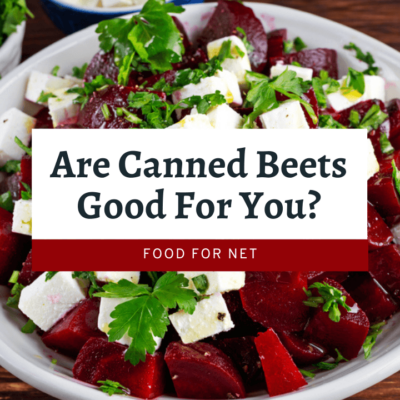
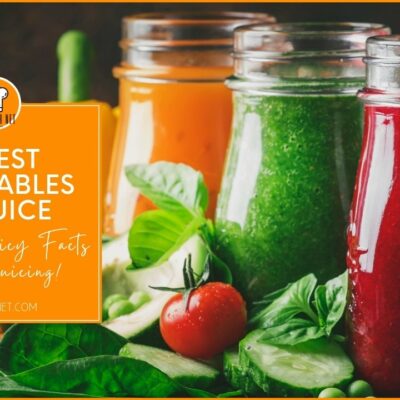
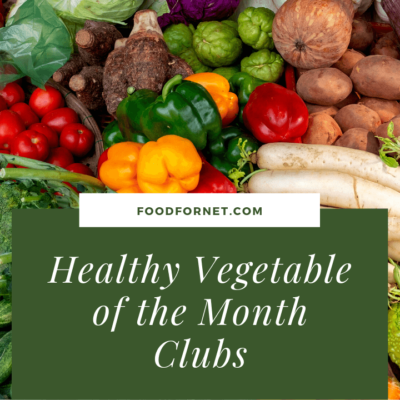
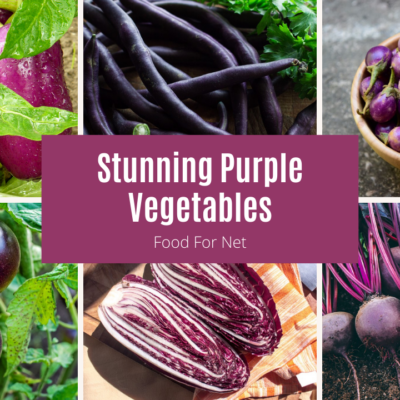
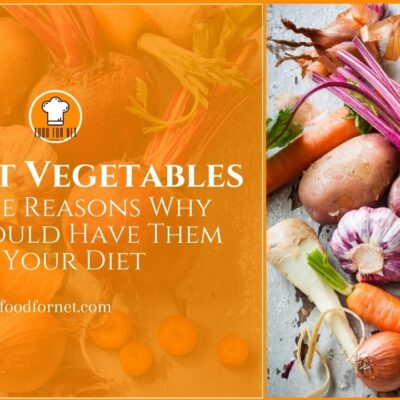
 20 Yellow Vegetables You Can Enjoy Today
20 Yellow Vegetables You Can Enjoy Today
Leave a Reply